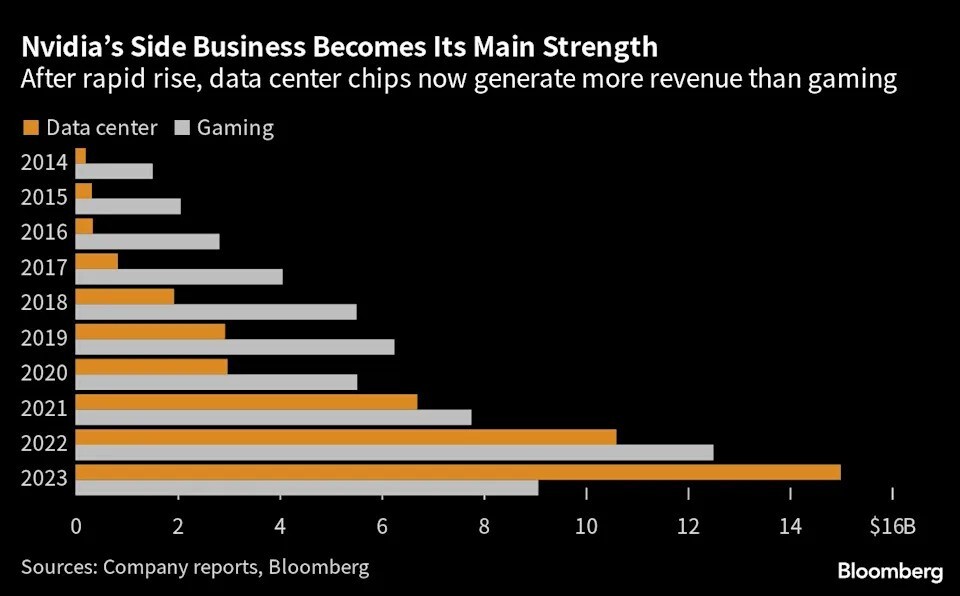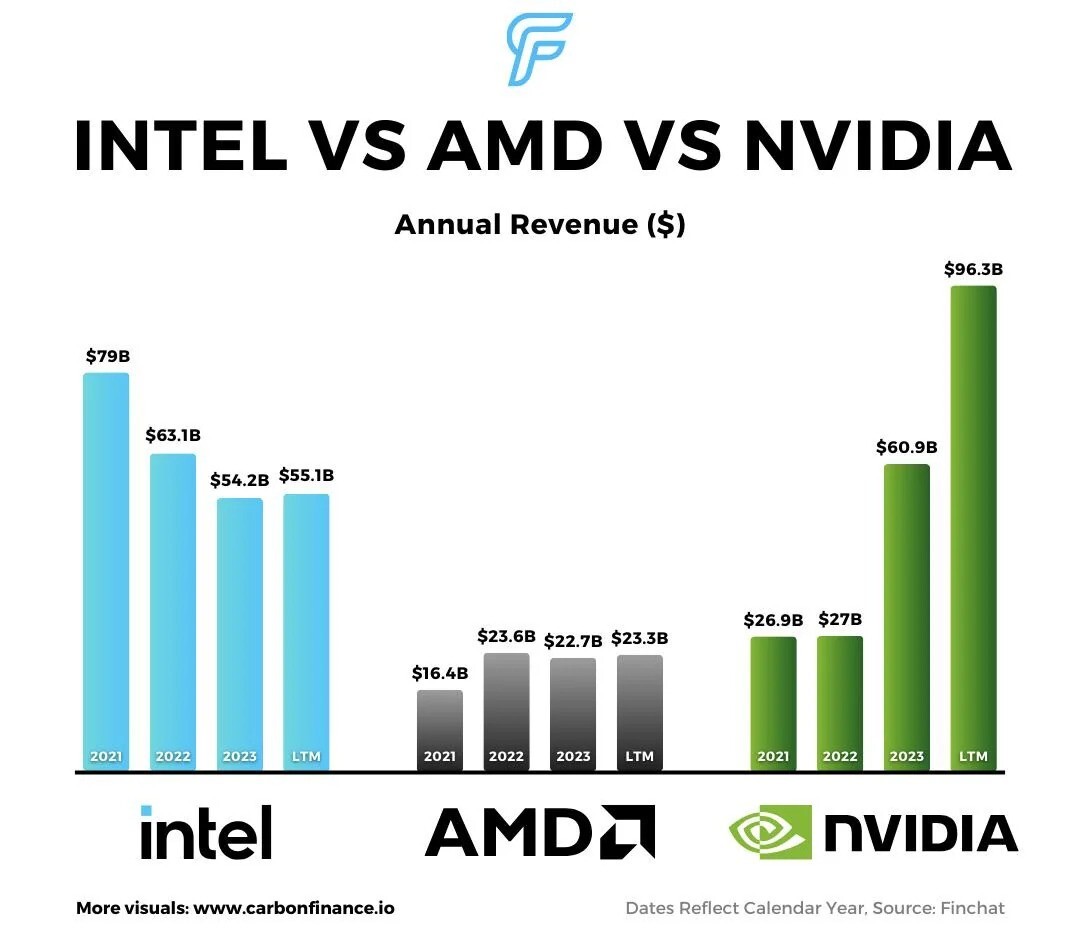- Trading
- Trading
- Markets
- Markets
- Products overview
- Forex
- Commodities
- Metals
- Indices
- Shares
- Cryptocurrency
- Treasuries
- ETFs
- Accounts
- Accounts
- Compare our accounts
- Our spreads
- Funding & withdrawals
- Dynamic margin
- Volume rebates
- Open account
- Try free demo
- Platforms & tools
- Platforms & tools
- Platforms
- Platforms
- Platforms overview
- TradingView
- MetaTrader 4
- MetaTrader 5
- MetaTrader Copy Trading
- cTrader
- cTrader copy trading
- Mobile trading platforms
- GO WebTrader
- PAMM
- Premium trading tools
- Premium trading tools
- Tools overview
- VPS
- Genesis
- Signal Centre
- Education
- Education
- Resources
- Resources
- News & analysis
- Education hub
- Economic calendar
- Earnings announcements
- Help & support
- Help & support
- About
- About
- About GO Markets
- Our awards
- Sponsorships
- Client support
- Client support
- Contact us
- FAQs
- Quick support
- Holiday trading hours
- Maintenance schedule
- Fraud and scam awareness
- Legal documents
- Trading
- Trading
- Markets
- Markets
- Products overview
- Forex
- Commodities
- Metals
- Indices
- Shares
- Cryptocurrency
- Treasuries
- ETFs
- Accounts
- Accounts
- Compare our accounts
- Our spreads
- Funding & withdrawals
- Dynamic margin
- Volume rebates
- Open account
- Try free demo
- Platforms & tools
- Platforms & tools
- Platforms
- Platforms
- Platforms overview
- TradingView
- MetaTrader 4
- MetaTrader 5
- MetaTrader Copy Trading
- cTrader
- cTrader copy trading
- Mobile trading platforms
- GO WebTrader
- PAMM
- Premium trading tools
- Premium trading tools
- Tools overview
- VPS
- Genesis
- Signal Centre
- Education
- Education
- Resources
- Resources
- News & analysis
- Education hub
- Economic calendar
- Earnings announcements
- Help & support
- Help & support
- About
- About
- About GO Markets
- Our awards
- Sponsorships
- Client support
- Client support
- Contact us
- FAQs
- Quick support
- Holiday trading hours
- Maintenance schedule
- Fraud and scam awareness
- Legal documents
- Home
- News & Analysis
- Articles
- General Trading Info
- What Markets Missed About Nvidia
News & AnalysisMost people think Nvidia got lucky with AI.
They made chips that were good for gaming, and it turned out those same chips were good for machine learning.
But that’s not what happened at all…
What actually happened reveals a fundamental misunderstanding of technology markets, and why investors often misread them.

Nvidia’s data center revenue flipped gaming in 2023
Why Markets Misread Platform Plays
Markets consistently undervalue platform investments while they’re being made, then overvalue them once they succeed.
Platform plays often appear to be terrible business decisions for years before they become obviously valuable.
CUDA — Nvidia’s software platform that made it possible to harness graphics card compute power for general-purpose usage — is the perfect example of this.
When Nvidia was spending heavily on CUDA in the mid-2000s, the market saw it as an expensive distraction from its core graphics business.
The investment made no sense. They were giving away free software to sell hardware, in an industry where hardware margins were already under pressure.
Markets tend to price such technology investments through the lens of existing applications rather than potential ones. They can see the current build cost but fail to factor in the potential future value.
The Economics of Platform Capture
Technology markets have the somewhat unique capacity to shift from competing products to competing ecosystems.
If this shift from product to ecosystem wars occurs, traditional competitive analysis can become almost useless.
In a product market, a 10% advantage might translate to a 10% market share gain. In an ecosystem market, a 10% advantage can translate to a 90% market share, due to network effects and switching costs.
This is why established companies with superior resources often lose to platform challengers.
AMD and Intel both had as much (or more) money and engineering talent as Nvidia during its CUDA development years. But they were competing in the wrong game. They were optimizing for product performance while Nvidia was building ecosystem lock-in.

The Platform Investment Paradox
Platform investments create a paradox for public markets. The companies that make the biggest platform bets often see their stock prices suffer during the investment phase.
Product investments have visible, measurable returns that markets can model. Platform investments have uncertain returns that depend on market timing and adoption patterns that are impossible to predict.
This is why markets consistently undervalue platform companies during their growth phase. Traditional financial metrics capture the cost of platform investment but miss the value creation occurring in the ecosystem.
By the time platform value becomes visible in financial results, the strategic opportunity has usually already passed.
The companies that capture platform markets are typically those that invest before the value is measurable, not after it becomes obvious.

Nvidia’s 25-year Annual revenue growth – image by Motley Fool
Ecosystem Network Effect
Every developer who learns CUDA makes the Nvidia ecosystem more valuable. Every model trained on Nvidia infrastructure increases switching costs for the entire AI market.
Gaining a competitive advantage in platform markets is more about ecosystem momentum than building superior products. The platform that attracts the most developers and creates the most applications becomes increasingly difficult to displace.
Markets often misinterpret this momentum as a temporary competitive advantage rather than recognizing it as a structural shift in the market.
They keep expecting “competition” to erode platform dominance, not realizing that successful platforms tend to make competition irrelevant.
What This Means for Market Analysis
The Nvidia pattern suggests that technology market analysis needs to focus more on ecosystem dynamics and less on product comparisons.
The companies that will dominate the next wave of technology markets are likely building platforms today for applications that don’t yet exist at scale.
This requires looking beyond current revenue and margins to understand what infrastructure is being built for the future.
The most important question isn’t whether a company has the best current product, but whether they’re creating the ecosystem that future applications will be built on.
Of course, such companies are unlikely to achieve the heights of Nvidia, but the ones that find success will likely follow the same pattern — years of patient platform building followed by explosive ecosystem capture when the market inflection point arrives.
Trade Nvidia and thousands of other Share CFDs on GO Markets — starting from just US$0.02 per share with no monthly data fee.
Ready to start trading?
Disclaimer: Articles are from GO Markets analysts and contributors and are based on their independent analysis or personal experiences. Views, opinions or trading styles expressed are their own, and should not be taken as either representative of or shared by GO Markets. Advice, if any, is of a ‘general’ nature and not based on your personal objectives, financial situation or needs. Consider how appropriate the advice, if any, is to your objectives, financial situation and needs, before acting on the advice. If the advice relates to acquiring a particular financial product, you should obtain and consider the Product Disclosure Statement (PDS) and Financial Services Guide (FSG) for that product before making any decisions.
Next Article
The Rule To Help Prevent Repeated Trading Drawdowns
The setup appears to be perfect. You convince yourself that this is the trade. You execute the order, and within minutes, what seemed like a likely winner becomes another painful lesson in market donation. This all-too-common scenario boils down to a fundamental flaw in human decision-making under pressure. When we experience strong emotion...
July 28, 2025Read More >Previous Article
The ATR Multiple Stop — The Answer to Stop Loss Challenges?
Few traders would suggest that effective risk management is highly critical to ongoing trading success. But there remains an ongoing debate about the ...
July 22, 2025Read More >News and Analysis
Join our mailing list to receive market news and monthly newsletters, delivered directly to our inbox.

